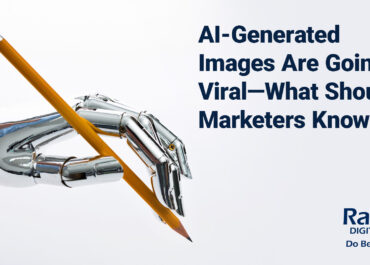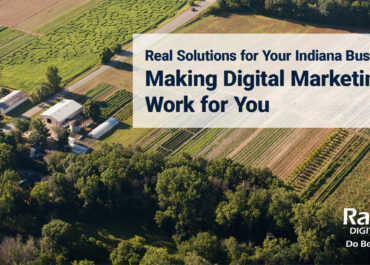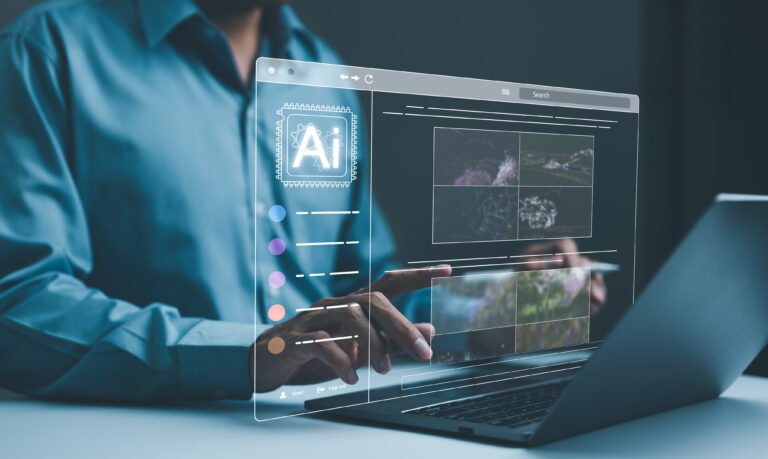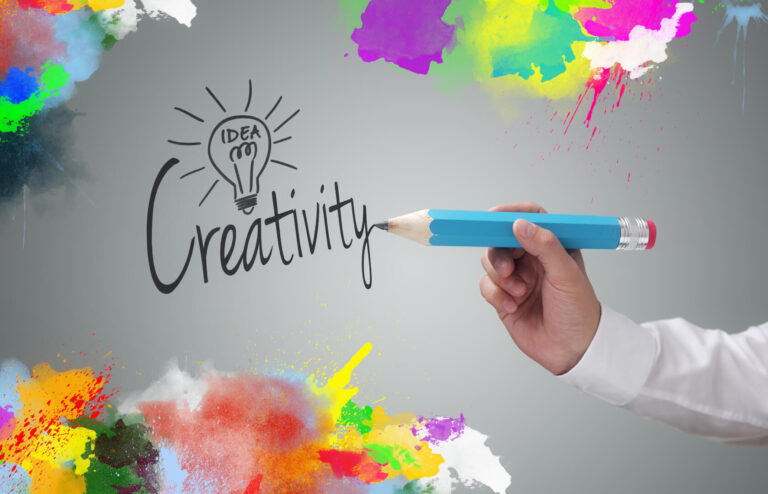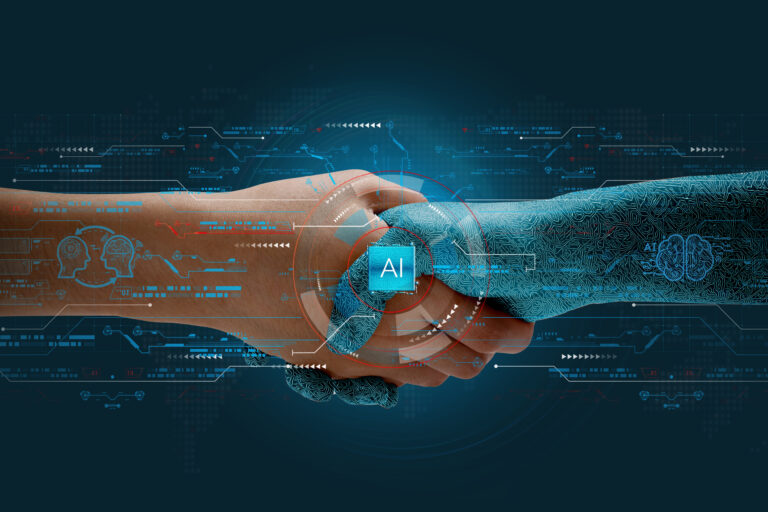The Art and Ethics of AI-Generated Images in Digital Marketing
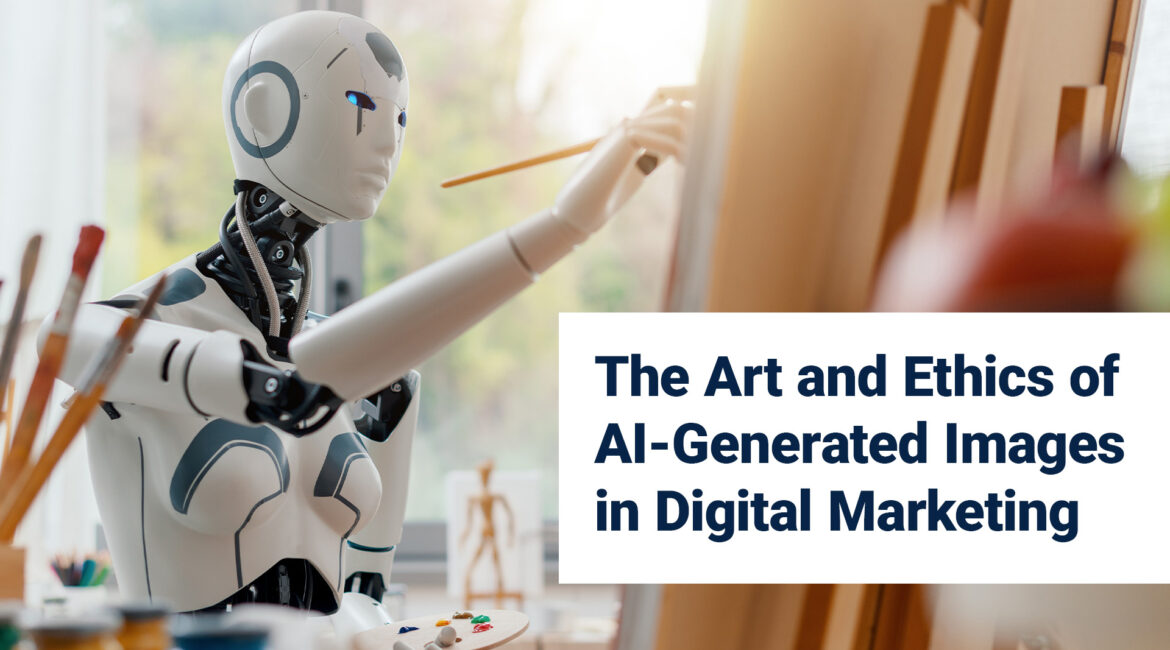
As artificial intelligence becomes increasingly embedded in modern workflows, the world of digital marketing has witnessed a profound transformation.
One of the most intriguing—and controversial—developments within this transformation is the use of AI to generate images.
What once required a skilled graphic designer, a photographer, or a stock photo license can now be produced in seconds using algorithms trained on millions of visual data points.
On the surface, this advancement offers a dream scenario for marketers: faster content, lower costs, endless customization. But beneath the convenience lie layers of complexity, raising questions about authenticity, ethics, and the very future of creative work.
Today, we take a closer look at the art and ethics of AI-generated images in the digital marketing world and how you can safely implement these tools to best benefit your promotional needs.
A Powerful New Tool in the Marketer’s Kit
AI-generated imagery is undoubtedly reshaping the marketing landscape.
For small businesses, startups, and solo entrepreneurs, this technology has the power to finally level the playing field.
Such smaller players in the business world can now produce visually striking ads, social posts, or website graphics without the need for expensive design software or agencies.
In addition, AI tools can churn out product mockups, banner art, and social media visuals at a speed and scale previously unimaginable, making this latest innovation a seemingly great tool to have in any small business’s belt.
For large companies – on the other hand – who are perhaps managing multi-channel campaigns across regions and languages, AI image generation helps maintain brand consistency while significantly reducing turnaround time.
Moreover, the degree of personalization AI offers is a true game changer.
Now, visuals can be tailored to different customer segments, geographic locations, or even individual users without the need of an entire art department at your fingertips.
Imagine an e-commerce store generating custom product images for each visitor based on browsing behavior, time of day, or local weather conditions.
These are no longer futuristic concepts—they’re becoming reality.
We truly are at the dawn of a new – and exciting – era.
Yet, as with any technological advancements, with the benefits come a few negatives and, in this instance, indeed, there remains a crucial caveat…
You see, while AI allows for quantity and variation, quality and authenticity don’t always follow.
The speed of generation – while great at first glance – can often come at the cost of emotional resonance.
And as any seasoned marketer knows, resonance often matters more than reach.
Authenticity, Ownership, and the Risk of Misrepresentation
Have you ever seen one of those AI images online that seems intriguing until you inspect it a little closer and find out that the person in frame has 8 fingers on one hand?
This is what we’re facing…
While AI can mimic artistic styles and photorealism with stunning accuracy, it can also produce eerie, off-putting results—like extra fingers, distorted faces, or images that just feel off.
Even when the renderings appear flawless, they often lack context, cultural nuance, or the “lived-in” emotional quality that human creatives provide and, in marketing, where trust and emotional connection are paramount, this gap can be critical.
Layered on top of aesthetic concerns is the increasingly urgent issue of intellectual property.
Most AI systems are trained on vast image libraries—many compiled from the internet without permission.
This raises legal and ethical dilemmas such as, “Who owns the final image?” or “Is it a new creation, or an echo of countless uncredited artists and photographers?”
For these reasons, marketers relying on AI-generated content must tread carefully, or risk unknowingly misusing derivative works in commercial campaigns.
… And the concerns don’t stop there.
AI-generated photos can also easily cross the line into misrepresentation—especially when used to fabricate identities or create synthetic testimonials.
A fictional “customer” shown enjoying a product might look real, speak persuasively, and connect emotionally, but if that person doesn’t exist, and there’s no disclosure, it’s not clever marketing—it’s deception.
Transparency, Bias, and the Cost to Human Creativity
In an era where consumers are increasingly alert to authenticity and intent, transparency around the use of AI is becoming a moral imperative.
Brands that disclose the use of AI-generated visuals are more likely to build trust, while those that hide it risk backlash.
Clear communication helps align marketing practices with the growing public expectation of honesty in content creation.
At the same time, AI brings with it deeper systemic concerns.
Trained on historical datasets, these systems often absorb and perpetuate societal biases in which results can reinforce narrow beauty standards, misrepresent cultures, or simply leave out entire groups of people.
For brands that pride themselves on inclusivity, this isn’t just an oversight—it’s a liability.
Equally significant is the effect on creative professionals.
As AI begins to encroach on tasks once reserved for designers, illustrators, and photographers, many in the creative industry are feeling the pressure.
While some embrace AI as a collaborative tool—one that frees up time for big-picture thinking—others fear displacement and devaluation of their craft.
In the end, the conversation isn’t just about jobs—it’s about what kind of creativity we value, and whether efficiency should outweigh human expression.
Navigating the Future Responsibly
The integration of AI image generation into digital marketing is not inherently positive or negative.
Like all tools, its impact depends on how it’s used.
The marketers who benefit most will be those who use it with thoughtfulness, responsibility, and respect—for their audiences, for the creators whose work helped build these tools, and for the role that storytelling plays in brand trust.
… And in the years to come, AI-generated images will likely become as common as stock photos are today.
But unlike stock photography, these visuals will come with new expectations and obligations.
As the technology matures, ethical marketing will depend on transparency, fairness, creative integrity, and a commitment to keeping the human touch alive—because even in a digital world shaped by machines, the connection between people remains the heart of every great story.
P.S. As we’ve seen, AI-generated imagery is transforming the way brands like yours create, connect, and communicate.
At Rain Digital, we’re not just watching the shift—we’re leading it.
Our team leverages the power of such technological tools blended with just the right amount of human creativity and insight to craft compelling campaigns, eye-catching ads, and standout social content that grabs attention and drives engagement.
So, if you’re ready to turn innovation into impact, Rain Digital is your partner for smarter, faster, and more effective marketing.
Let’s create something unforgettable—together.

